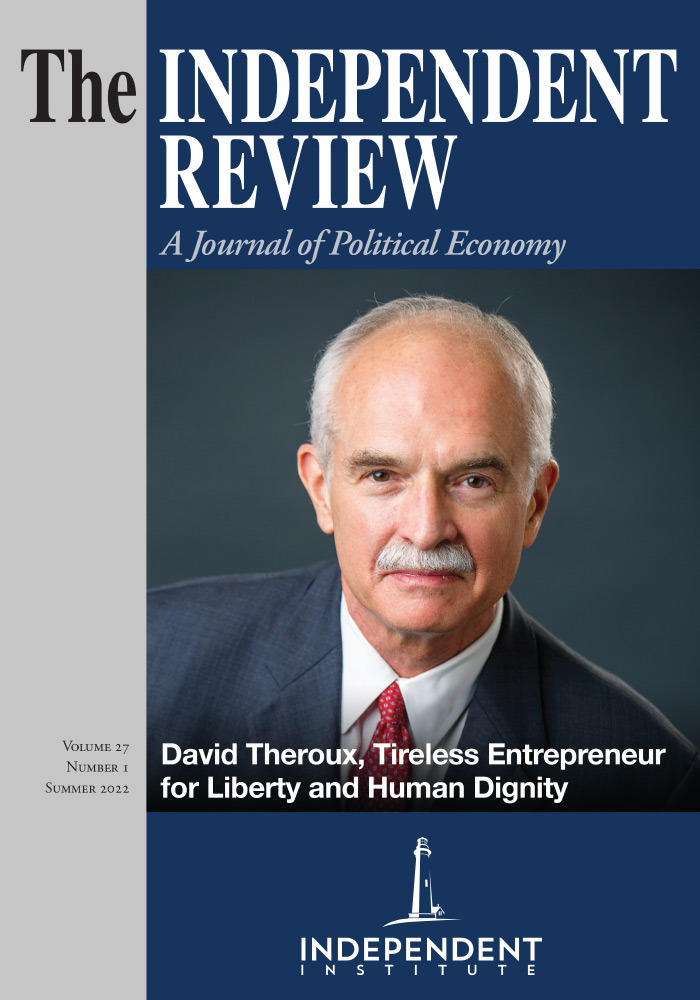In the late nineteenth and early twentieth centuries, many for-profit correspondence schools offered education by mail to people who were too poor, too isolated, or too busy to go to college or vocational school. The schools were creative. They were helpful. They filled a niche in American education. They weren’t perfect, and attitudes toward them were quite mixed, but there was considerable respect for these schools.
Jane Shaw Stroup is the board chairman and former president of the James G. Martin Center for Academic Renewal in Raleigh, North Carolina.









